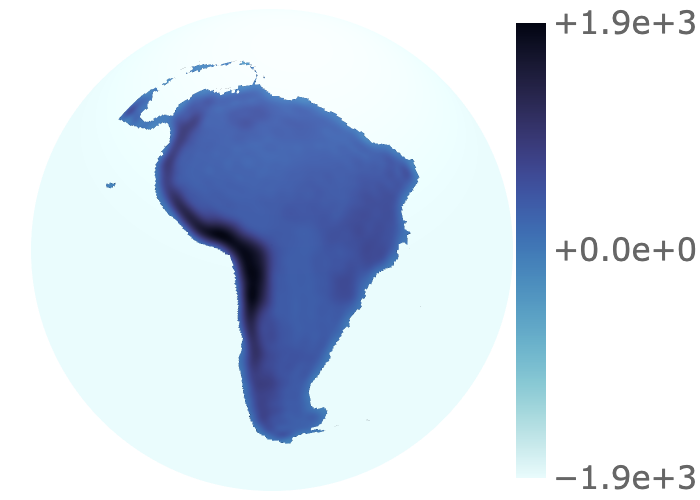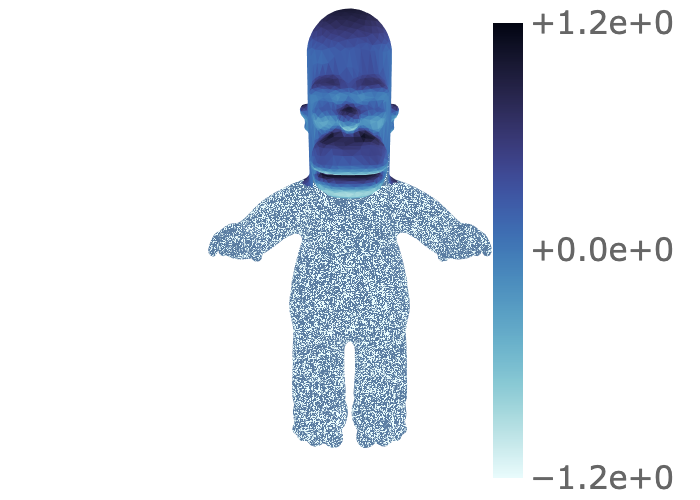Hi @paddyroddy, thanks for the report. Would you be able to provide full code for a simple example that reproduces this behavior?
Open paddyroddy opened 3 years ago
Hi @paddyroddy, thanks for the report. Would you be able to provide full code for a simple example that reproduces this behavior?
Here's some code which reads a mesh of homer from this repo. The library I'm using to read the mesh is igl which can be installed via: conda install -c conda-forge igl.
import numpy as np
import plotly.offline as py
from igl import read_triangle_mesh
from plotly.graph_objs import Figure, Mesh3d
def kaledio_bug(
engine: str,
mesh: str = "homer.off",
large_negative_value: float = -1.56e30,
region_ymin: float = 0.15,
) -> None:
"""
minimal working example to reproduce the Kaleido bug
"""
# read in mesh
vertices, faces = read_triangle_mesh(mesh)
# create some region
region = vertices[:, 1] >= region_ymin
# create dummy field
function_on_mesh = np.ones(vertices.shape[0])
# set value outside region to negative infinity
masked_region = np.where(region, function_on_mesh, large_negative_value)
# create plot
data = [
Mesh3d(
x=vertices[:, 0],
y=vertices[:, 2],
z=vertices[:, 1],
i=faces[:, 0],
j=faces[:, 1],
k=faces[:, 2],
intensity=masked_region,
cmin=-1,
cmax=1,
)
]
fig = Figure(data=data)
py.plot(fig)
# bug happens kaledio but not orca
for file_type in {"png", "pdf"}:
fig.write_image(f"homer_{engine}.{file_type}", engine=engine)
if __name__ == "__main__":
for engine in {"kaleido", "orca"}:
kaledio_bug(engine)The resulting plots look like:
Kaleido
 Orca
Orca

I've found if I set large_negative_value to some less small number, i.e. -1e5 then it's okay. However, when I don't normalise the dataset sometimes this wouldn't be a small enough value, so not ideal.
I've recently realised that
plotlyno longer supportsorcaand seen I should be usingkaleido. I'm usingSurfaceandMesh3dand in both I'm doing something similar, but I only get this problem withMesh3d. Essentially, I create some field on the surface/mesh, and then I set the value outside some region to a large negative number so that the region can be seen easily. In both cases I export aspngas well aspdfand the problem is the same for both, and I do not get it in the browser.This is an example of what I mean with the

Surfaceexample. Here I have the topography of the Earth and then the region outside South America is set to a large negative value, and it appears white as desired.Now if I do the same for some mesh, instead of the white I'm expecting I get noise. Here is a field on a

Mesh3dof Homer, then I isolate the head as the region and I get the noise. If I use theorcaengine, I do not get this issue.Is there a way to fix this, or is it a bug? I'll have to revert to
orcain the meantime.